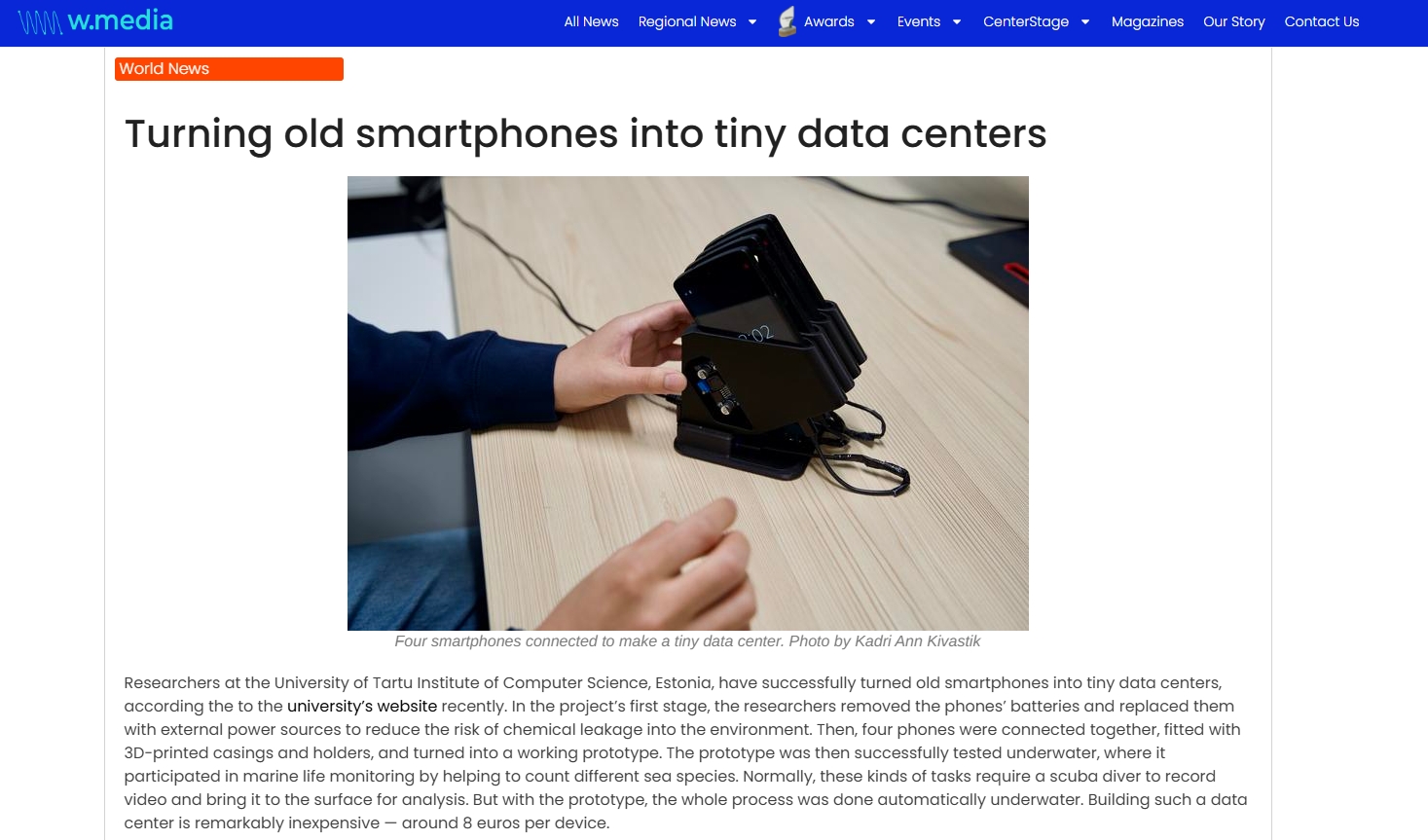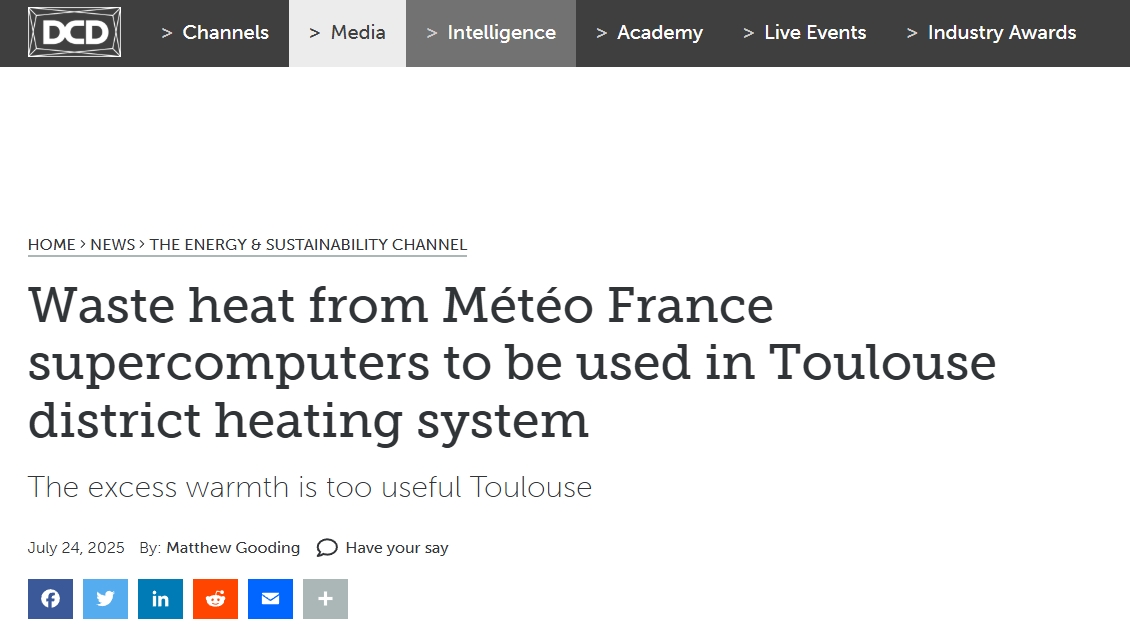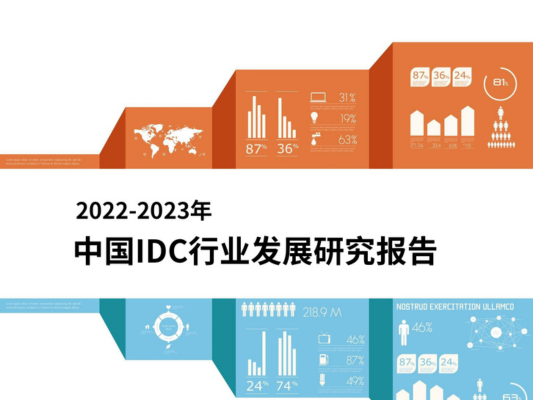Researchers at the University of Tartu Institute of Computer Science, Estonia, have successfully turned old smartphones into tiny data centers, according the to the university’s website recently. In the project’s first stage, the researchers removed the phones’ batteries and replaced them with external power sources to reduce the risk of chemical leakage into the environment. Then, four phones were connected together, fitted with 3D-printed casings and holders, and turned into a working prototype. The prototype was then successfully tested underwater, where it participated in marine life monitoring by helping to count different sea species. Normally, these kinds of tasks require a scuba diver to record video and bring it to the surface for analysis. But with the prototype, the whole process was done automatically underwater. Building such a data center is remarkably inexpensive — around 8 euros per device.
The experiment demonstrated that old smartphones can be successfully repurposed into tiny data centers capable of efficiently processing and storing data. These tiny data centers have a wide range of applications. For example, they could be used in urban environments like bus stops to collect real-time data on the number of passengers, which could then be used to optimize public transportation networks. The prototype can be re-used, thus reducing electronic waste and advancing sustainable data processing.
“Innovation often begins not with something new, but with a new way of thinking about the old, re-imagining its role in shaping the future,” said Huber Flores, Associate Professor of Pervasive Computing at University of Tartu. He, together with Ulrich Norbisrath and Zhigang Yin from the University of Tartu’s Institute of Computer Science, along with Perseverance Ngoy from the Institute of Technology and their colleagues from Finland, Germany and Portugal, have shown that with minimal resources, these old devices can be given a new purpose, contributing to the development of more environmentally friendly and sustainable digital solutions.
“Sustainability is not just about preserving the future — it’s about reimagining the present, where yesterday’s devices become tomorrow’s opportunities,” commented Ulrich Norbisrath, Associate Professor of Software Engineering at University of Tartu.
Each year, more than 1.2 billion smartphones are produced globally. The production of electronic devices is not only energy-intensive but also consumes valuable natural resources. Additionally, the manufacturing and delivery processes release a significant amount of CO₂ into the atmosphere. Devices are aging faster than ever — users replace their still-functional phones on average every two to three years. At best, old devices are recycled; at worst, they end up in landfills.
Although the most sustainable solution would be to change consumer behavior and consider more carefully whether every new model truly requires replacing the old one, this is easier said than done. Rapid technological development quickly renders older devices obsolete. Therefore, alternative solutions are needed — such as extending the lifespan of devices by giving them an entirely new purpose.








